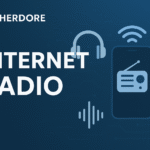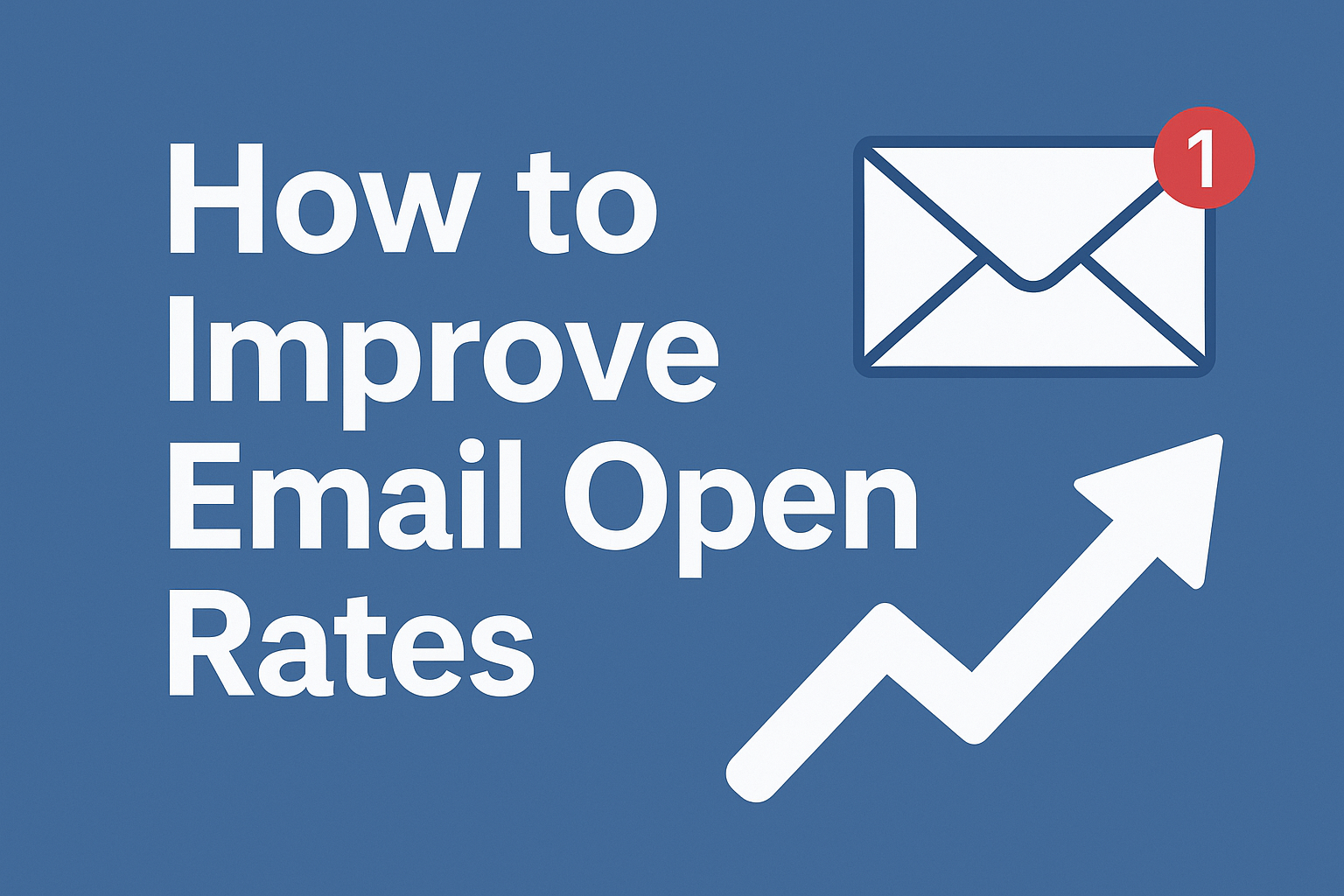Call centers are dynamic environments that thrive on efficiency, performance metrics, and customer satisfaction. One of the critical performance indicators that managers and analysts focus on is CPS (Calls Per Second). CPS in call center is a measure that directly impacts the efficiency, effectiveness, and overall quality of service in a call center. This article delves into what CPS is, why it matters, and how call centers can optimize it for superior performance.
Table of Contents
ToggleWhat is CPS in Call Centers?
CPS stands for Calls Per Second. It is a metric used to measure the rate at which a call center can handle or process calls within a given second. Typically, CPS is associated with inbound and outbound calls handled by the call center’s telephony system. It provides an overview of the system’s capacity, helping businesses ensure that they have the necessary resources to handle their call volume.
In technical terms, CPS indicates how many call requests a telephony system can process simultaneously, making it a crucial performance metric for companies that handle high volumes of calls, such as customer service centers, technical support centers, and sales departments.
Why CPS Matters for Call Centers
-
System Efficiency: CPS is directly linked to a call center’s system efficiency. A higher CPS means that the system can handle a larger number of calls per second, minimizing the chances of dropped or missed calls.
-
Customer Experience: Ensuring that the system can manage multiple calls simultaneously reduces waiting times and improves overall customer satisfaction. With optimized CPS, call centers can ensure quicker responses to customer queries, leading to a better customer experience.
-
Operational Planning: Understanding CPS helps in capacity planning. It enables call centers to optimize resource allocation, ensuring that there are no bottlenecks or downtime periods during peak call volumes.
-
Cost Management: Higher CPS can lead to more effective use of existing resources, reducing the need for additional investments in infrastructure. It also minimizes potential revenue loss due to missed or abandoned calls.
Factors Affecting CPS in Call Centers
Several factors can influence the CPS in a call center, including:
-
Telephony Infrastructure: The capacity of the PBX (Private Branch Exchange) or the VoIP (Voice over IP) system directly impacts the CPS rate. Upgrading to a more robust telephony infrastructure can enhance CPS.
-
Bandwidth Availability: A high CPS rate requires sufficient bandwidth to handle simultaneous voice data packets. Limited bandwidth can cause congestion, resulting in dropped calls or system lag.
-
Software Optimization: The call center’s software platform plays a crucial role in handling CPS. Poorly optimized software may fail to manage high call volumes efficiently, leading to delays and system failures.
-
Load Balancing and Server Configuration: Proper load balancing and server configuration ensure that the call load is distributed evenly across the system, maintaining an optimal CPS rate even during peak times.
How to Optimize CPS in Call Centers
-
Upgrade Telephony Systems: Investing in a high-performance telephony system, such as a cloud-based PBX or a VoIP solution, can significantly improve CPS rates.
-
Increase Bandwidth: Ensuring that the call center has sufficient bandwidth to support high CPS rates will minimize congestion and maintain call quality.
-
Implement Load Balancing: Proper load balancing mechanisms distribute incoming call traffic across multiple servers or gateways, enhancing the system’s ability to manage more calls per second.
-
Optimize Call Routing: Intelligent call routing ensures that calls are directed to the appropriate agents or departments, minimizing the call handling time and freeing up the system to manage more calls.
-
Regular System Audits and Testing: Conducting regular system audits and testing under different load conditions can help identify potential bottlenecks and areas for improvement in CPS handling.
Conclusion
CPS is a vital metric for measuring and optimizing call center performance. By understanding CPS and its implications, call centers can better manage their telephony systems, enhance customer satisfaction, and achieve their business goals more effectively. Regular monitoring and optimization of CPS ensure that call centers can handle high call volumes without compromising service quality or efficiency. Investing in the right technology and implementing best practices can significantly improve a call center’s ability to manage Calls Per Second, leading to sustained operational success and customer satisfaction.
Related

Enjoyed This Article? Keep the Momentum Going
Get more expert content, exclusive tips, and actionable advice to help you scale your business. Join our email list — no spam, just value.







